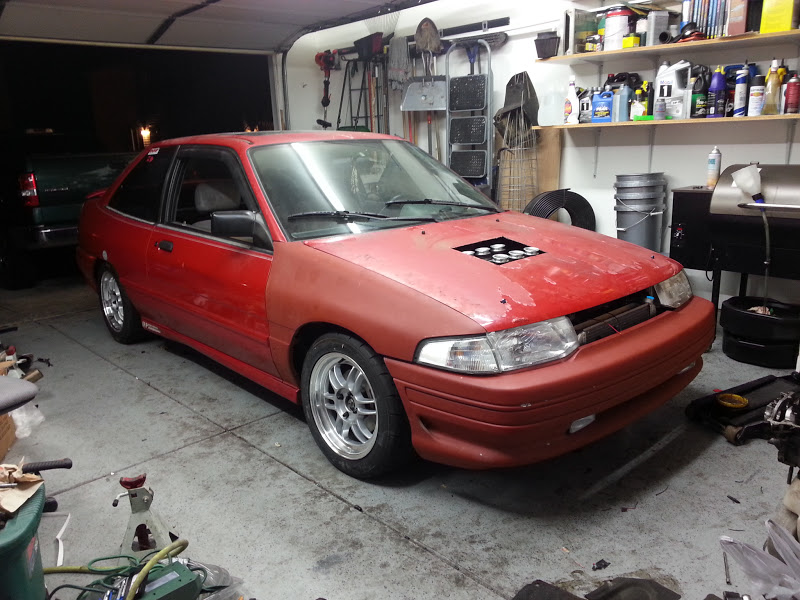
The newly developed SKYACTIV® Technology featured a direct-injection engine and a 6-speed transmission. The sky was the limit as Mazda introduced everyone to a whole new driving experience with the Mazda3. It would also be the base for which Mazda to start crafting its next-generation technologies.Īt the tail end of the second-generation Mazda3’s model cycle, the world saw “SKYACTIV” for the first time. While a second-generation Mazda3 was introduced in 2008, it was more an evolution than a revolution, refining Mazda’s award-winning small car. Called the MAZDASPEED3, the turbocharged hatchback shared its name with Mazda’s past international motorsports team, but it ushered new life into Mazda’s portfolio of performance-focused cars that were the right fit at the right time. Toward the end of its model life, the first-generation Mazda3 also spawned a skunkwerks performance variant from North America’s engineering team that would continue a performance legacy. Available as both a hatch and sedan it gave Mazda’s small car a uniquely stylish presence and brought Mazda’s design forward, leapfrogging its competition with a small car that didn’t scream “cheap and cheerful.” In fact, the Mazda3 was among the first cars in its class available with leather seats, and it was the first available with high-intensity xenon headlights, putting its options list on par with cars costing twice as much. New from the ground up, the first generation Mazda3 had a long wheelbase, short overhangs and a high rear deck that formed the elegant, coupe-like proportions. The year 2004 said goodbye to Mazda Protegé, welcoming the first-generation Mazda3. Only 4,500 MAZDASPEED Protegés were produced. Led by Mazda North American Operations in conjunction with Mazda performance outfitter and partner Racing Beat, the car drew rave reviews for its handling dynamics and performance, bringing Mazda’s mojo sufficiently into the 21st century.
Mazdaspeed protege wiki full#
This sportier version included a full Racing Beat suspension, 17-inch Racing Hart wheels, four-wheel disc brakes and a Kenwood stereo. Two years later, that horsepower would jump to 170 horsepower with MAZDASPEED’s introduction of the turbocharged MAZDASPEED Protegé. And, as the name suggests, it was one of the first cars offered with an in-dash MP3 music-reading CD player, foreshadowing Mazda’s readiness to provide one of its smallest cars with industry-leading features. A limited-edition Protegé MP3 was also introduced with a sport-tuned suspension, 17-inch Racing Hart wheels, Racing Beat cat-back exhaust and a tuned factory ECU to give it a total of 140 horsepower. In 2001, the Mazda Protegé was given a facelift, revised suspension, new audio system and a 2.0-liter engine for the ES model. Such is the Mazda way, focusing on finesse over brute strength, even to this day. While that may not sound like much today, in 1988 it allowed the featherweight 323 GTX to keep up with much more powerful cars.

Mazdaspeed protege wiki manual#
Unlike other models, the 323 GTX came exclusively with all-wheel drive, a 5-speed manual transmission and a turbocharged, 1.6-liter engine that made a punchy 132 horsepower. Perhaps the highlight of the 1980s’ 323 range was the 1988 323 GTX, a limited-edition hot hatchback, bred for rally racing. It was originally offered as a hatchback or sedan and served as one of the entry points to the Mazda brand in North America. The Mazda 323 was a front-wheel-drive compact car that was powered by a 1.5-liter engine, with 5-speed manual or 3-speed automatic transmission. marketing team aligned itself with Mazda’s global divisions, renaming the car into Mazda’s numerical hierarchy. In the years following the introduction of the “Great Little Car,” the U.S. In 1985, Mazda introduced the 323 as the successor of the GLC.
Mazdaspeed protege wiki drivers#
With its class-leading features, advanced technology and safety components, you can see why drivers have kept coming back throughout the vehicle's 40 year history. From the first time you lay eyes on a Mazda3, to the very first turn of the steering wheel, it’s easy to see why drivers have fallen in love with it. From its unbelievably engaging driving dynamics, to its award-winning design and unparalleled quality. Mazda3’s success can be attributed to a variety of things. It’s earned the distinction of reaching 1 million sales faster than any vehicle in Mazda history.

Since its debut in 2004, the Mazda3 has gone on to become the best-selling Mazda in the world, with more than 5 million sold.

But even though the Mazda3 has seen so many changes and advancements, one thing about it remains the same: Mazda’s driving philosophy of “Jinba Ittai,” representing the harmony between car and driver. Today, the 2019 Mazda3 is available as an bold hatchback or a sleek sedan. Today’s Mazda3 has four decades worth of predecessors in the form of a station wagon or a coupe - the GLC, 323 and Protegé.


 0 kommentar(er)
0 kommentar(er)
